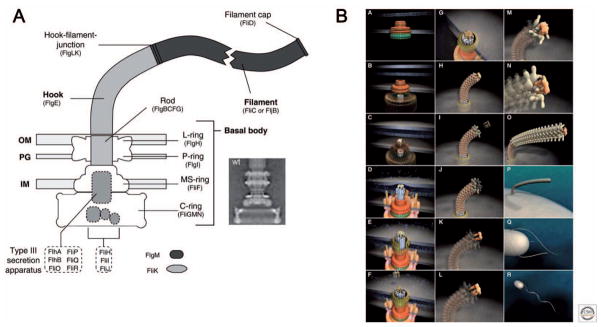Figure 4. Flagellar structure and assembly.

A. Schematic overview of the Salmonella flagellum. The flagellum consists of three parts: 1) a basal body with a flagellar-specific type III secretion system (T3SS) within the inner membrane ring, 2) a flexible hook that acts as a universal joint to 3) the rigid filament. Dashed boxes illustrate proteins with functions in flagellar type III secretion. OM = outer membrane; PG = peptidoglycan; IM = inner membrane. The inlay EM (electron micrograph) picture shows an isolated hook-basal-body complex of Salmonella (Thomas et al., 2001).
B. Steps in assembly of the bacterial flagellum. The self-assembly process of the bacterial flagellum starts from the top left (A) and proceeds to the bottom right (R). Assembly starts with the formation of the MS-ring in the cytoplasmic membrane (A). Afterward, the cytoplasmic C-ring is attached to the MS-ring and the flagellar-specific T3SS assembles within a central pore of the MS-ring (B). Flagellar secretion substrates are now secreted specifically via the T3SS. When flagellar proteins reach the distal end of the elongating structure, they self-assemble onto the existing structure with the help of distal cap proteins (shown as pentamers at the tips of the axial structures) (C–O). The rod, which acts as a driveshaft, is assembled beneath the rod-cap, which also acts as a muramidase to allow penetration through the peptidoglycan layer (C). Motor force generators that couple proton flow to torque generation assemble in the cytoplasmic membrane and interact with C-ring components (D). Rod assembly ends with the formation of the PL-ring bushing, outer membrane penetration, and the replacement of the rod scaffold with the hook scaffold (E–G). Hook subunits are then secreted until the hook grows to a final length of 55 nm (Hirano et al., 1994). This triggers a secretion specificity switch from rod-hook-type substrates to late-secretion substrates (H). Upon completion of the hook-basal-body complex, hook-filament junction proteins (I–J), the filament cap (K–L), and filament subunits are secreted, and the filament grows to a maximal length of about 10–15 μM (M–R). Panel A reprinted with permission from CSH Perspectives in Biology (Erhardt et al., 2010). Panel B reprinted with permission from Royal Society of Chemistry (Minamino et al., 2008).
